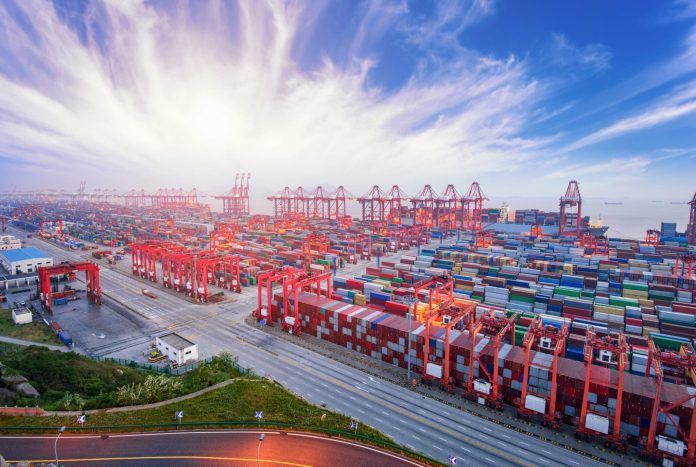Huawei considers that a number of ports in Latin America, Africa and Asia are starting to see the benefits of private 5G networks already deployed in Chinese ports
The 5G key pillars of speed, low latency, reliability and security have opened up new opportunities for the telecom ecosystem to monetize their networks with new use cases and new verticals. During a session at the recent RCR Wireless News’ Private Networks Global Forum, Paul Scanlan, advisor to the president at Huawei Technologies, discussed the diverse applications of a 5G private network in mining, seaports, airports and beyond.
“Five or six years ago, we were looking at the potential use cases for 5G. One of the key components we were looking at was the application of 5G to industries, and then how a telecom operator might take this to the market,” Scanlan said, adding that industry players were asking about how 5G technology could positively impact their business. “Until you go and see what 5G has done in different industry verticals, it’s very hard to talk about it and prove to somebody why they should use it and what the benefit would be,” the executive said.
He also said that telecom operator didn’t really understand how to engage or how to penetrate these industry verticals. Scanlan said that the implementation of private networks in verticals requires an evangelization program to help businesses understand the benefits of 5G but also a business model to show the profitability of the scheme.
In the mining field, Scanlan said that the initial private networks were deployed to improve operational efficiencies but also to improve safety conditions for workers given the high number of accidents in the industry.
“We had to bring together other parties who made application software, or some of the robots and things to bring them all together. We had to show the benefit to the operator, show the benefit to the customer and to the other partners, so everybody can see that we can all make money, and that we can improve efficiency and safety. And then we all went down a path to see how we repackage those products to make them off-the-shelf, so they could be deployed in scale. China has 5,000 mines, while there are another 50,000 mines globally. It is a big opportunity,” he said.
Scanlan said that Huawei is seeing many opportunities in both ports and mining sectors, adding that many mines and ports in regions such as Latin America, Africa and Asia are already seeing the benefits of private 5G deployments in China. “A lot of those countries have the same challenges that we saw in China with health, safety and efficiency. So, these countries could now see how China did it. They are starting to understand that these use cases suit their needs. For the ports, we’ve seen about 30 ports across the world outside China, adopting the same models,” he added.

